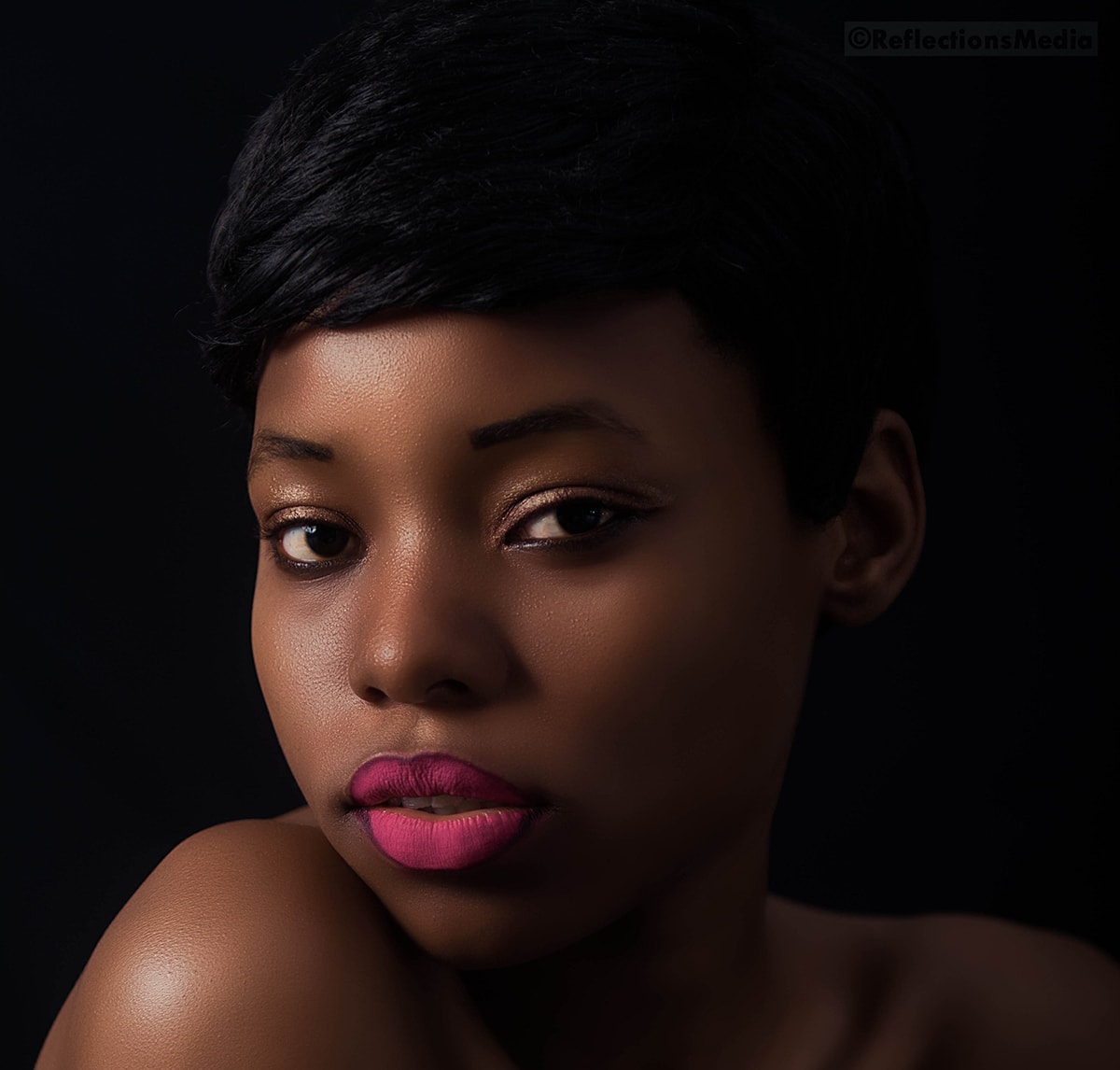How to Use Low Key Lighting for Dramatic Photography
※ Download: Low key lighting
And remember, low-key is sort of a minimal approach in photography. Though the technique itself is simple, mastering the art of low key lighting can take some time. The lack of light I have seen far too many images where amateur photographers have shot a night-time portrait with some twinkling lights at the background and made a hash of everything.

Low-Key Photography — How To Do It The truth is that low key lighting is easy enough to learn when you have the right tips, so let's jump in. These images are obvious from their dramatic shadows and very dark, often black, backgrounds.

How to Use Low Key Lighting for Dramatic Photography - Dan in the video after the jump explains that high key lighting is when your lighting is very low contrast with almost no visible shadows. What is Low-Key Lighting?

High key and low key lighting can create drastic differences in the final look of your film. Two primary lighting styles that you will consistently find in cinematography are high key and low key lighting. High Key Lighting High key lighting is a method often used in beauty and makeup commercials and in comedies. A high key look gives you fewer shadows and makes your talent look flawless and elegant. It produces an even amount of light that spreads across an entire scene. A high key lighting style often involves a soft key light directly above the camera — and not too close to the talent. Positioning the light directly in front of the talent creates less shadow, making the skin look softer and smoother. Usually, these lights will be large — at least a 6×6 butterfly. Another reason high key is useful in the beauty industry is because the light is further away. As a result there is less light falloff, making the transition from highlight to shadow much smoother and less abrupt. This makes the lighting much more consistent from five feet and also ten feet away. A high key situation is ideal for shots with two subjects in frame because it ensures that each subject gets lit evenly and casts fewer shadows. Low Key Lighting As opposed to high key lighting, low key lighting is much more dramatic. Low key lighting typically involves lots of contrast and creates an entirely different mood than high key lighting. Usually low key lighting is very close to a subject, and the light source is typically dimmer to accommodate this. In fact, in some cases, you can light someone on a white backdrop, but it will appear black because of how close the light is to a subject. By placing the light closer to the subject, the transition from highlight to shadow occurs much faster, creating a much more dramatic scene. The lighting style you choose for your film can create a unique look. A high key style may help the humor in your comedy thrive. Essentially, lighting styles should help move the story along, so they should work with your story, not against it. Looking for more on lighting? Check out these articles.
Before you go, check out this cool video on taking low key portraits. This image of a mountain hare Lepus timidus was taken in the Cairngorms on a cloudy day with snow on the ground, perfect for a high-key approach. It produces an even amount of light that spreads across an entire scene. Understanding the importance of lighting and the proper use of a light meter and colorimeter raises an average shot to a more sophisticated visual level. Use it to draw attention to specific key details — like the lines low key lighting creases within aged skin or detail within rough textured fabrics or objects. We were close but still weren't getting a completely white background. The reflector was positioned above and to the left of the camera, with the flash aimed into it. Move the saturation slider until it reaches -100, just as you did when you were tweaking your high-key photo. By illuminating certain areas, you could either distort the subject or, draw attention to a specific element. Use Negative Fills A negative fill is essentially a dark cloth or board used to absorb light.



